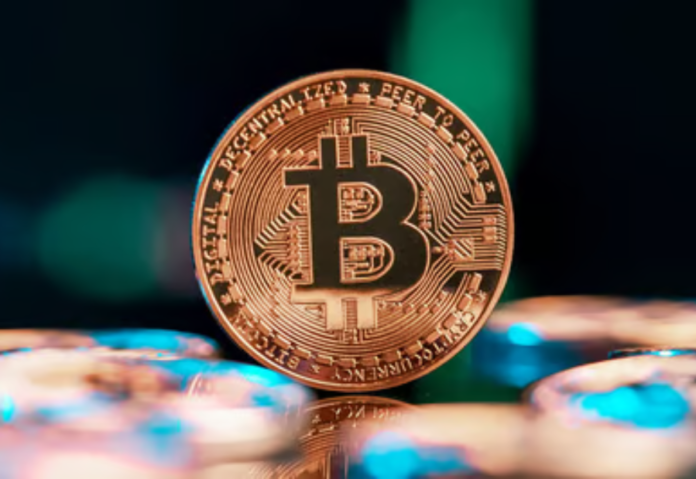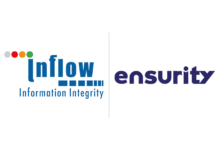
An advisor to Laos’s state-run utility has stated that the country’s chances as a hydropower exporter to Southeast Asia are facing challenges due to unpredictable rainfall and growing electricity consumption caused by crypto mining.
As a result of increased electricity demand brought on by crypto currency mining and irregular rainfall, there are difficulties facing Laos’s prospects as a hydropower exporter to Southeast Asia, according to an advisor to the country’s state-run utility.
Due to its hydropower export potential, Laos is known as the “battery of Southeast Asia.” Its provision of the least expensive and most reliable clean power source is essential to decarbonizing the area, as it is having difficulty increasing solar and wind power.
Lower rainfall has restricted hydroelectric output, resulting in power disruptions, while a push by policy to develop data centers in 2021 led to a rise in crypto currency mining, which now accounts for over a third of Laotian power consumption, according to advisor Somboun Sangxayarath at state-run Electricite.
Energy-intensive crypto mining data center operators are drawn to Asian nations like Laos because they are affordable non-fossil power sources.
Eighty percent of the electricity produced in Laos in the past ten years came from hydropower, the majority of which was sold by independent power producers in cross-border agreements with Vietnam and Thailand.
According to Sangxayarath, EDL is the power supplier in the domestic market and has turned into a net importer since 2021. The debt-ridden company needs up to 600 MW of additional capacity during periods of peak demand, which has more than doubled expenses.
Sangxayarath stated on the outskirts of the Future Energy Asia conference, “We have been importing more power in the last couple of years than we have in the past because we are not able to meet our demand during the dry season.”
In an attempt to cut imports, Sangxayarath claims that Laos is building 720 MW of hydropower projects, which should be completed by the end of the following year.
To improve the reliability of generation in the face of erratic rainfall patterns, the country wants to increase the quantity of non-hydro power from little over 20% at present to 30% by 2025. With so few big projects in the works, that seems doubtful.
He remarked, “Coal, there are potential projects, but getting financing for coal during this period is very, very difficult due to the pushback by different organizations.” The nation was also attempting to construct hybrid wind and solar energy projects.
Last year, Laos declared that it would not provide electricity to bitcoin projects that were not yet operational. According to Sangxayarath, the order is still in effect, but it is actively looking at fresh investment proposals and ways to increase power availability.
Also read: Unveiling the Ethical Imperatives: Navigating the Intersection of AI and Cybersecurity
Do Follow: CIO News LinkedIn Account | CIO News Facebook | CIO News Youtube | CIO News Twitter
About us:
CIO News is the premier platform dedicated to delivering the latest news, updates, and insights from the CIO industry. As a trusted source in the technology and IT sector, we provide a comprehensive resource for executives and professionals seeking to stay informed and ahead of the curve. With a focus on cutting-edge developments and trends, CIO News serves as your go-to destination for staying abreast of the rapidly evolving landscape of technology and IT. Founded in June 2020, CIO News has rapidly evolved with ambitious growth plans to expand globally, targeting markets in the Middle East & Africa, ASEAN, USA, and the UK.
CIO News is a proprietary of Mercadeo Multiventures Pvt Ltd.





